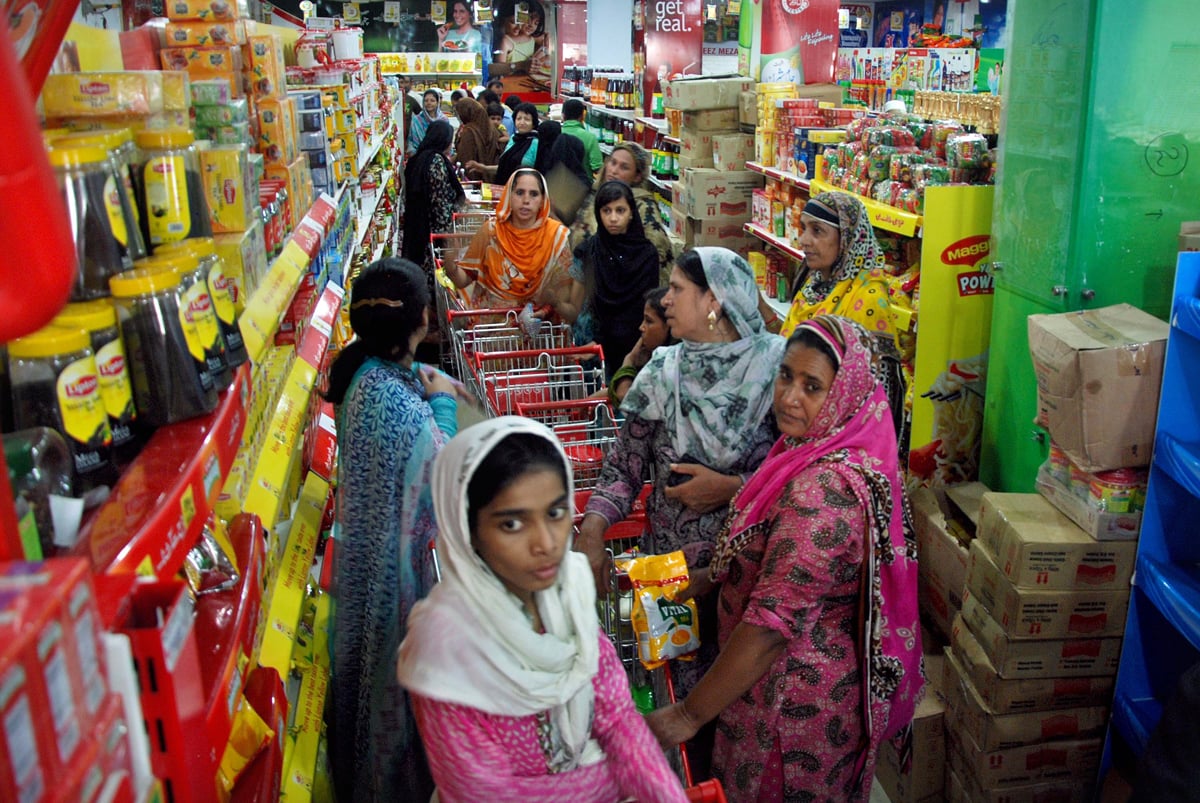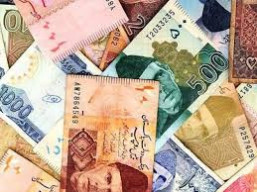
ISLAMABAD:
As India is poised to become an engine of global growth, just across the border, Pakistan will experience yet another year of modest economic growth rate of 4.2% due to its lack of appetite for reforms, predicts a new report by the Asian Development Bank (ADB).
The Asian Development Outlook – a flagship publication of the ADB -- has projected 4.2% economic growth rate for current financial year 2014-15 against the target of 5.1%.
It will be the second straight year when the Pakistan Muslim League-Nawaz (PML-N) government would miss its major economic goal owing to its failure to introduce reforms in energy, taxation and public sector enterprises.
“Pakistan has been quite successful in stabilising the economy but the challenge is how to move towards more growth," said ADB’s Country Director to Islamabad Werner Liepach.
While unveiling glimpses of key challenges that Pakistan is facing on the economic front, Liepach told the government in plain words to seize the opportunity on back of reduction in oil prices and go for serious reforms.
Liepach said that fall in oil prices globally has provided a breather to the government, which should be used for fiscal reforms.
The ADB’s projections showed that India will grow at a faster pace of 7.8% in the current fiscal year –even higher than China’s projected economic expansion of 7.3%.
“If India can do it, why can't Pakistan?" asked Liepach. He appealed the government “not to squander historical opportunity for reforms” that came in guise of reduction in oil prices.
He said ongoing efforts to make the power sector financially viable and reforms of public sector enterprises through restructuring and privatisation are vital for macroeconomic gains. Liepach revealed that the outstanding circular debt was around Rs300 billion.
The ADB’s senior economics officer, Farzana Noshab, said that the 4.1% economic growth rate that the government claimed achieving last year was subject to downward revision as well. She said the 4.1% Gross Domestic Product (GDP) growth rate was built on 5.2% provisional growth rate in Large Scale Manufacturing (LSM) sector last year, which the final results showed was 3.9%, pulling down the overall growth rate to below 4%.
She said the LSM sector was not performing as well in the current fiscal yea , reflecting continued energy shortages, low and declining investment in the sector and weak external demand for Pakistan’s exports.
Commenting on the expansion of agriculture and services sectors, Noshab said that the these sectors are also projected to moderately expand in the current fiscal year. Pakistan’s Real Effective Exchange Rate – the weighted average of Pakistan’s currency relative to a basket of other major currencies adjusted for the effects of inflation, appreciated 7.7% till January said Noshab adding that it has somehow neutralised the benefits of duty free access to European markets.
She further said the fiscal deficit was, so far, in line with annual projections but will certainly increase due to a spike in security spending in the second half of the fiscal year. Although the government was controlling its borrowings from the central bank, there was significant spike in SBP’s injections in the money market –an indication that the banks were lending to the government by borrowing from the State Bank, she added.
According to the ADB’s findings, foreign direct investment into Pakistan was mostly stagnant while portfolio investment was picking up, cautioning the country that the portfolio numbers should be watched carefully as there was lot of volatility in the Karachi Stock Exchange.
The ADB also advised the government to further build up the foreign exchange reserves as the current level of reserves was not sufficient to absorb any external shock.
Overall, the Asia region is projected to grow at a pace of 6.3% and the growth is dependent on reforms, recovery in the advanced economies and reduction in commodity prices.




































































COMMENTS (7)
Comments are moderated and generally will be posted if they are on-topic and not abusive.
For more information, please see our Comments FAQ